Concarneau has made its living from the fishing industry for hundreds of years and the town is still the third largest fishing port in France. We have really noticed the scale of the fishing, as there is a myriad of fishing boats everywhere, the chart on AIS looks like a bee swarm on the move and VHF is filled with calls to Pêche (fish) this and that.
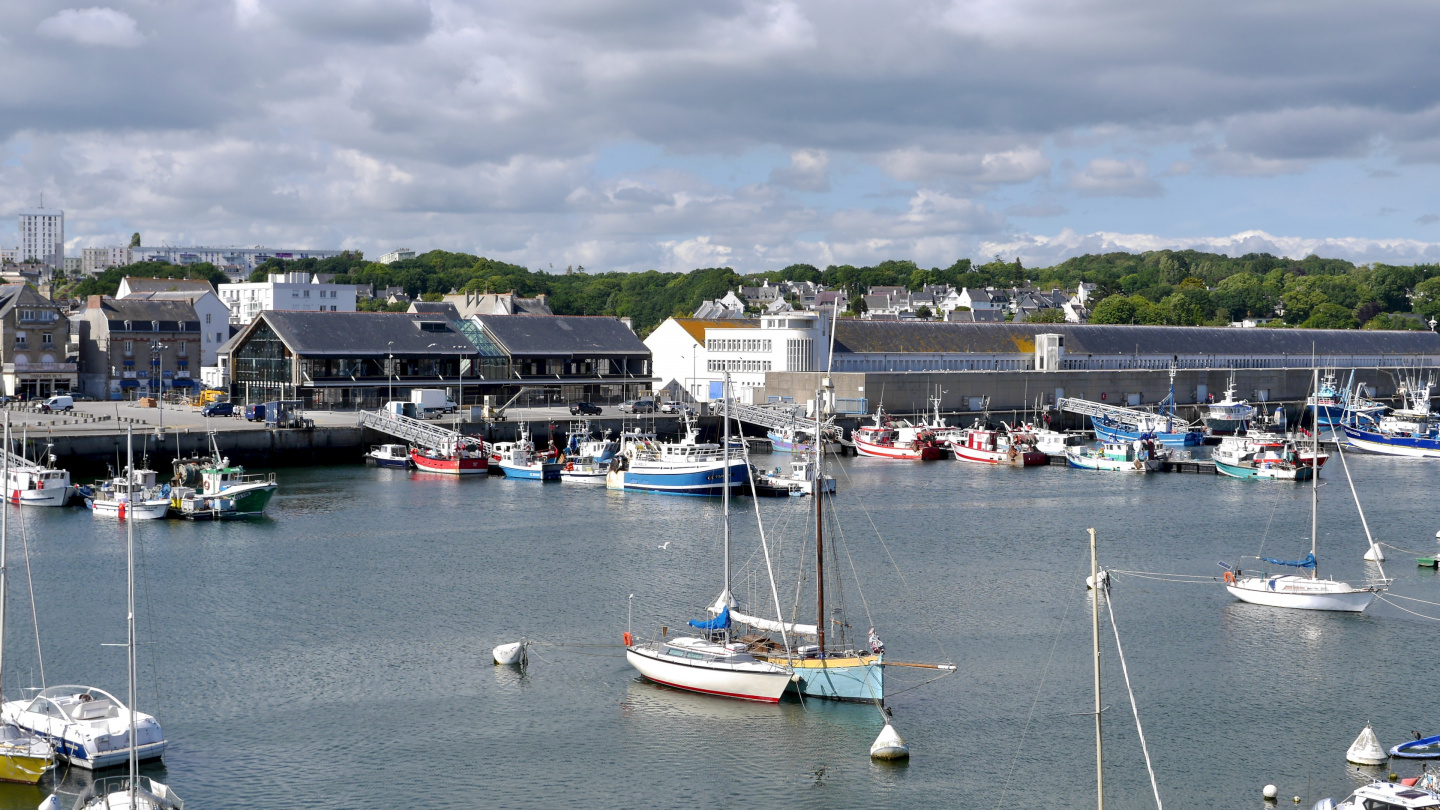
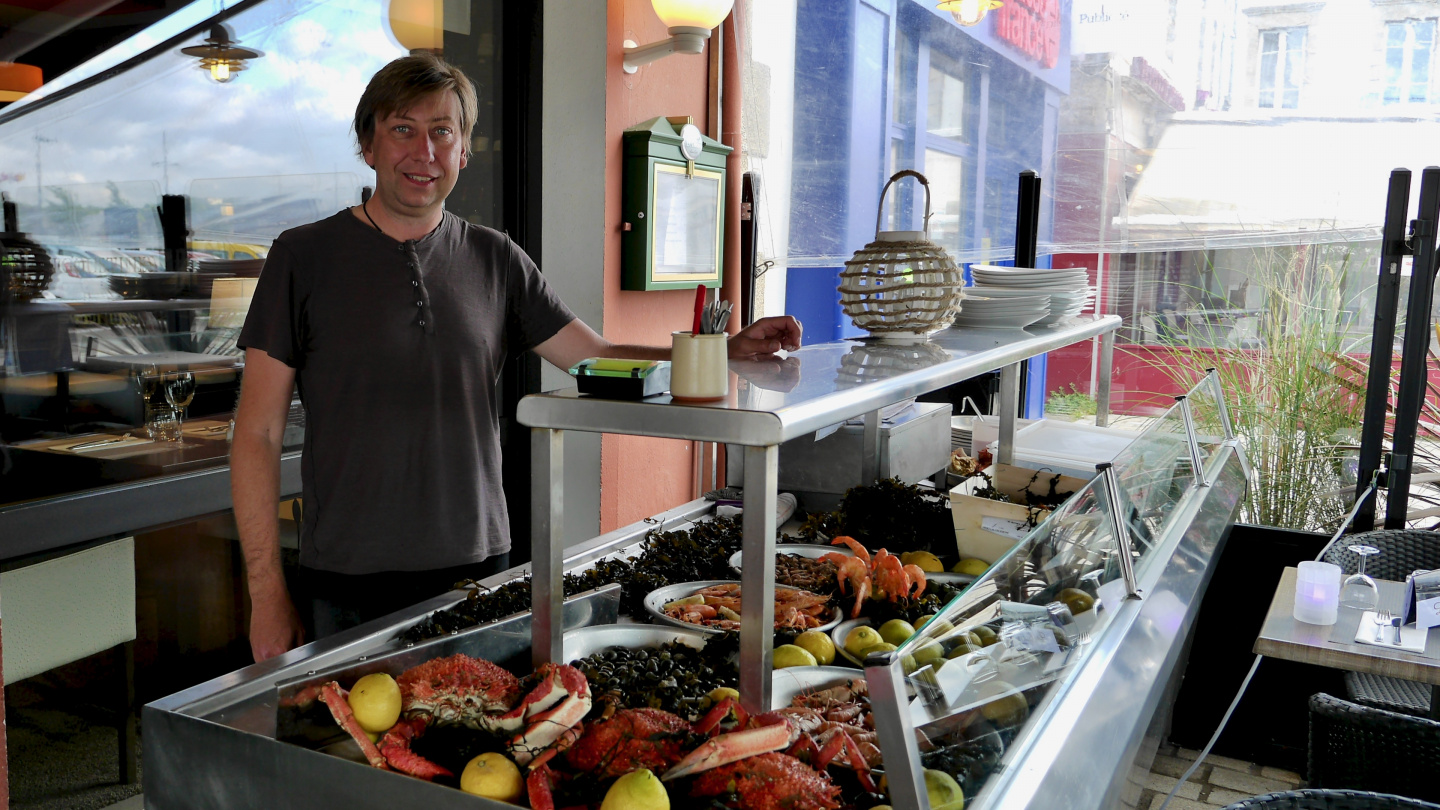
In Concarneau we were most interested in the medieval fortification. Ville Close has been standing on its own island next to Concarneau since the 14th century. The walled town is without doubt Concarneau’s most popular tourist attraction. The summer was just starting and the streets were already full of people strolling happily along the narrow streets sampling from many restaurants and little shops. We walked along the whole rampart and climbed to the defence towers where we could admire the scenery. Most memorable was the entrance tower where the drawbridge is still used for entering the fortress.
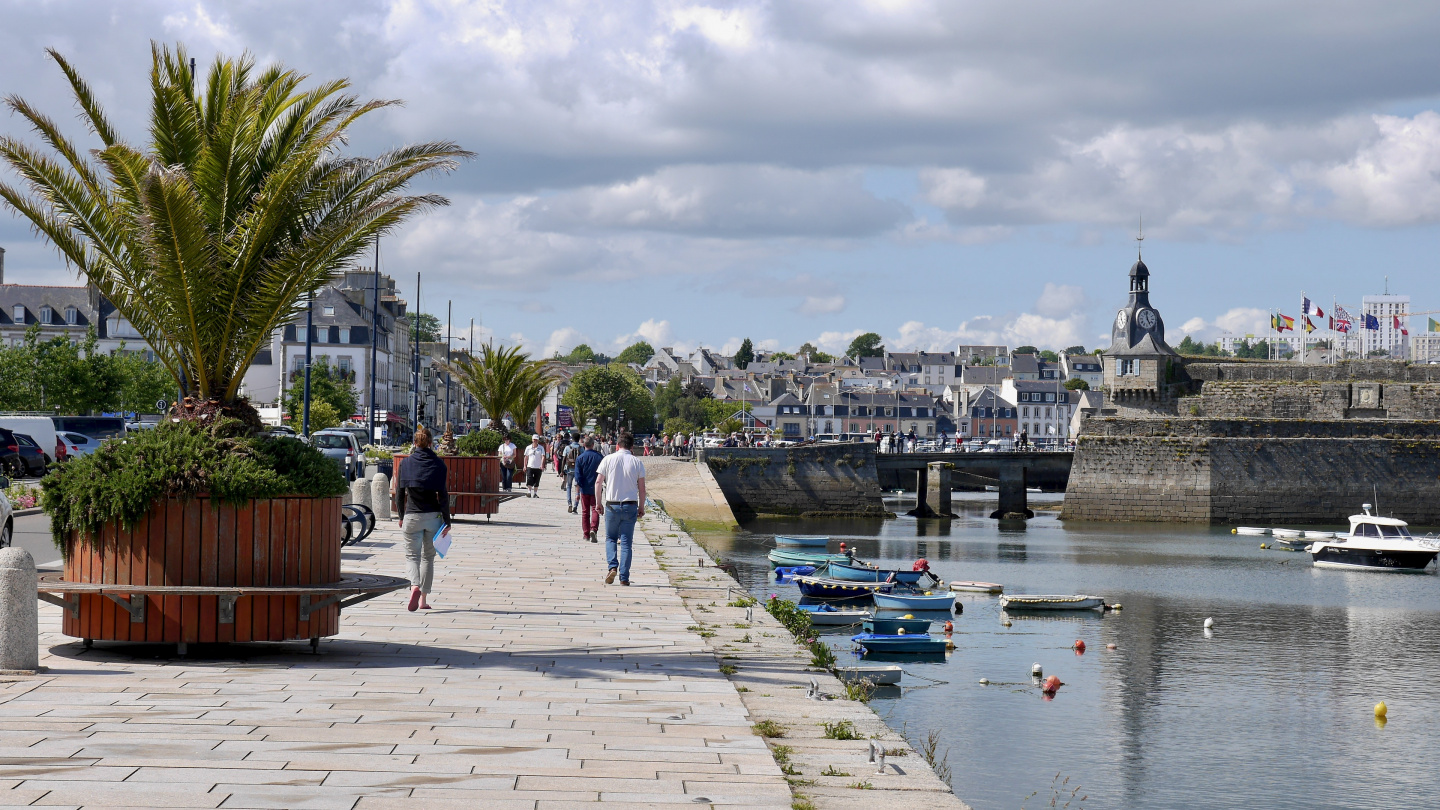
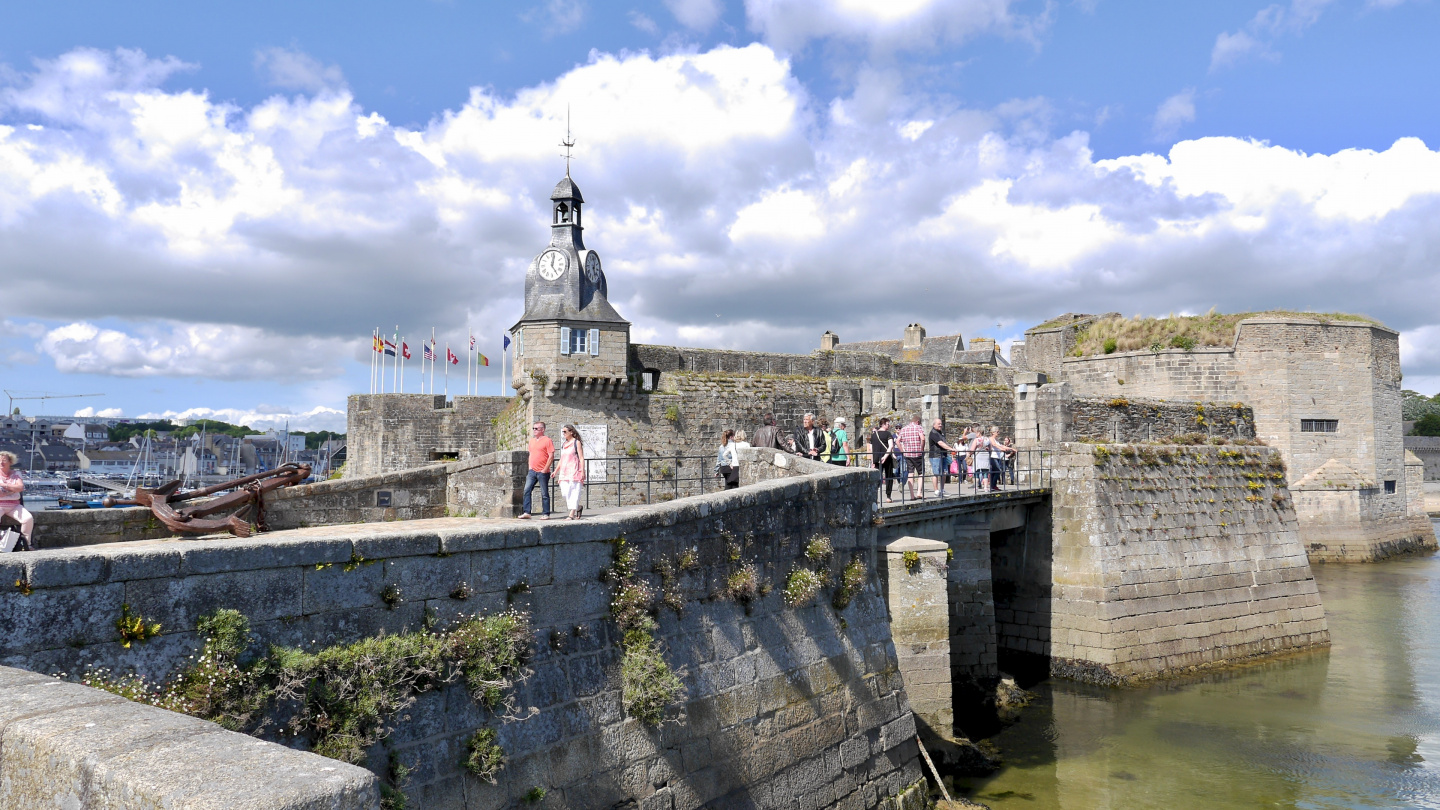
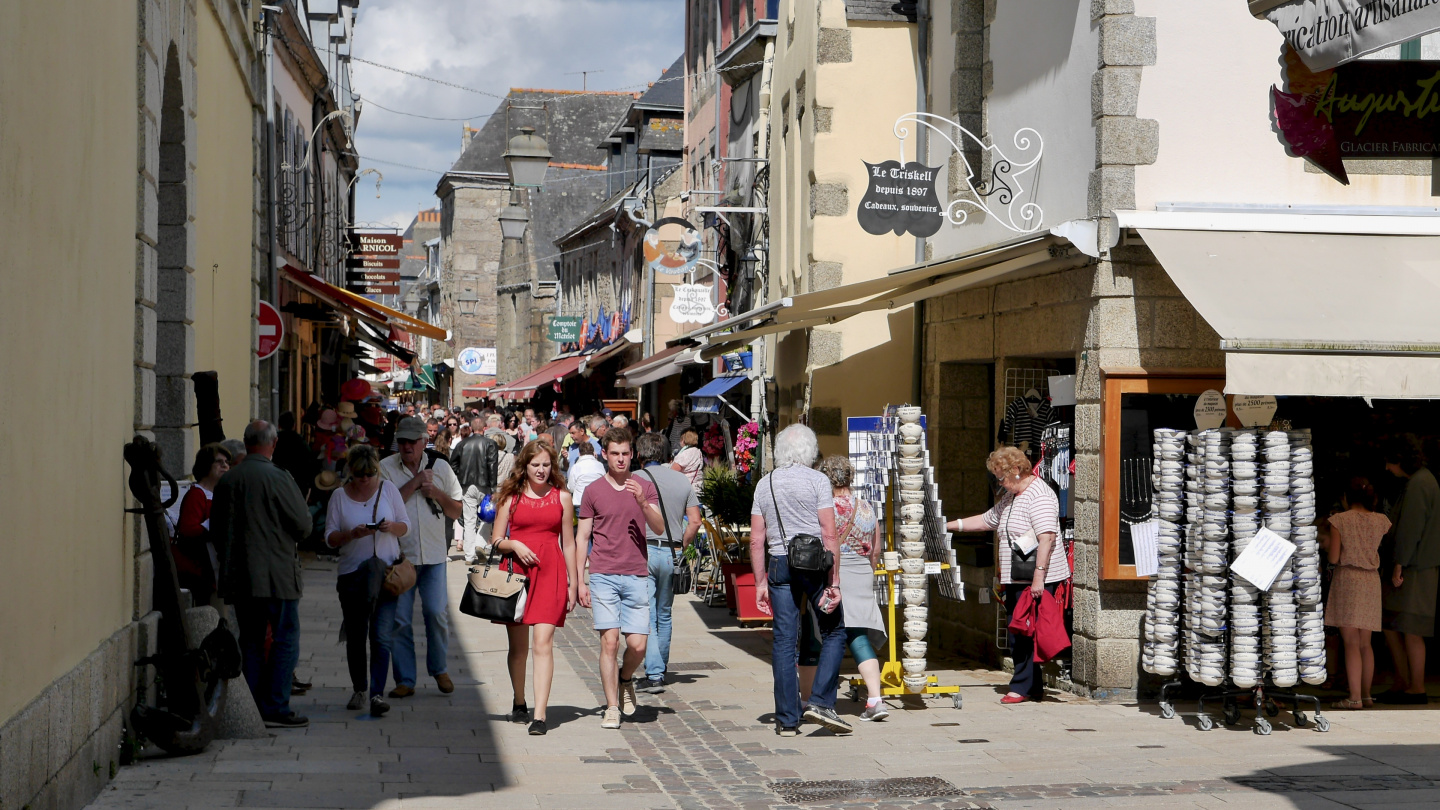
On our arrival to Concarneau the marina was already full of yachts. Fortunately one of them on the visitor’s pontoon hammerhead was about to leave and after waiting a few minutes we made her fast next one of the towers of Ville Close. The youngsters were having fun by bravely jumping from a shooting hole at the height of about 10 metres to the water. It felt almost like they were jumping on top of us as the splashes came so close.
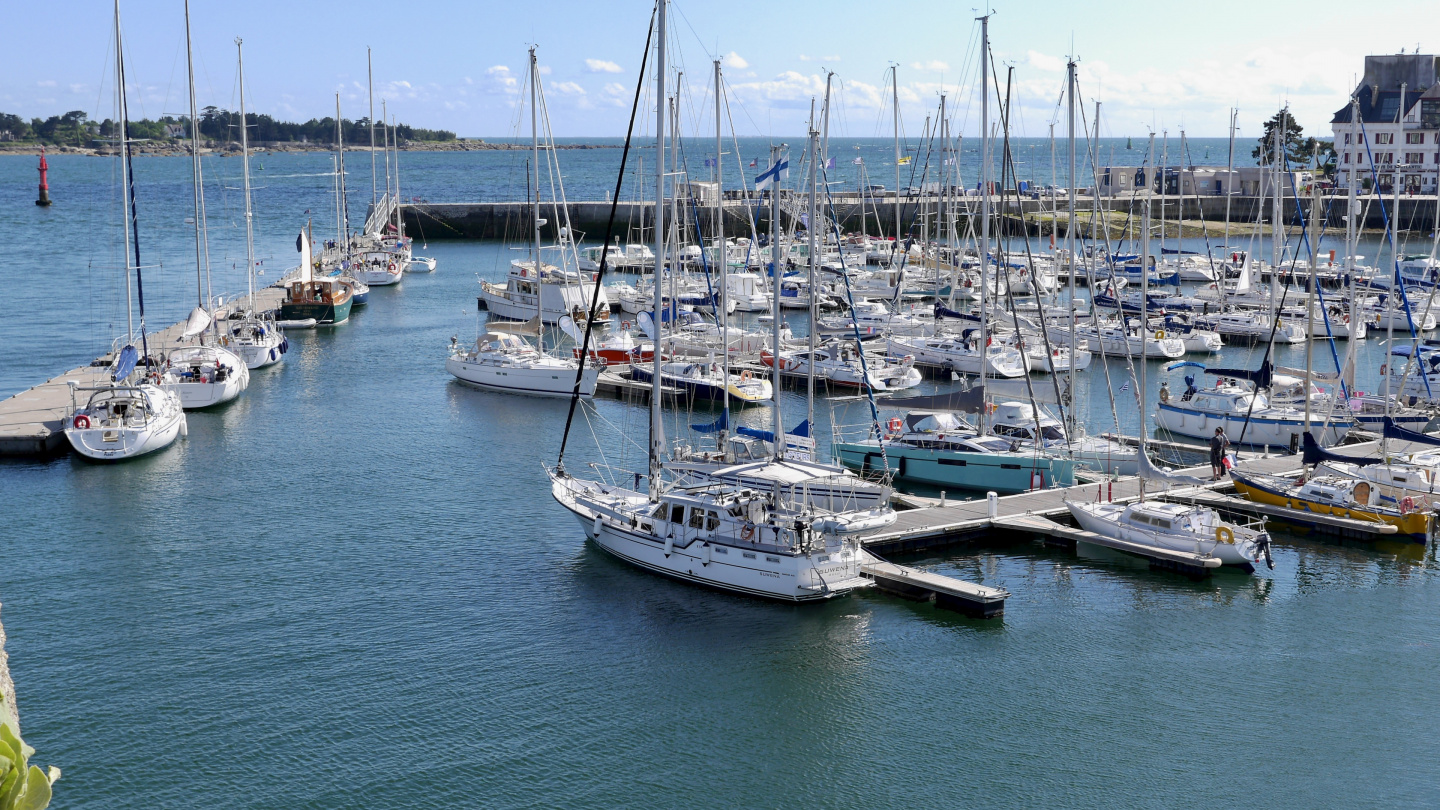
The fishing museum, Musée de la Pêche, in the Ville Close exceeded our expectations. As a fishing town they really managed to present the history of fishing from pre-historic fishing gears to nowadays fishing fleets. The small-scale models were showing a lot of details. The best of the exhibition was visiting onboard a 34 metre Hémérica trawler at the museum’s pontoon.
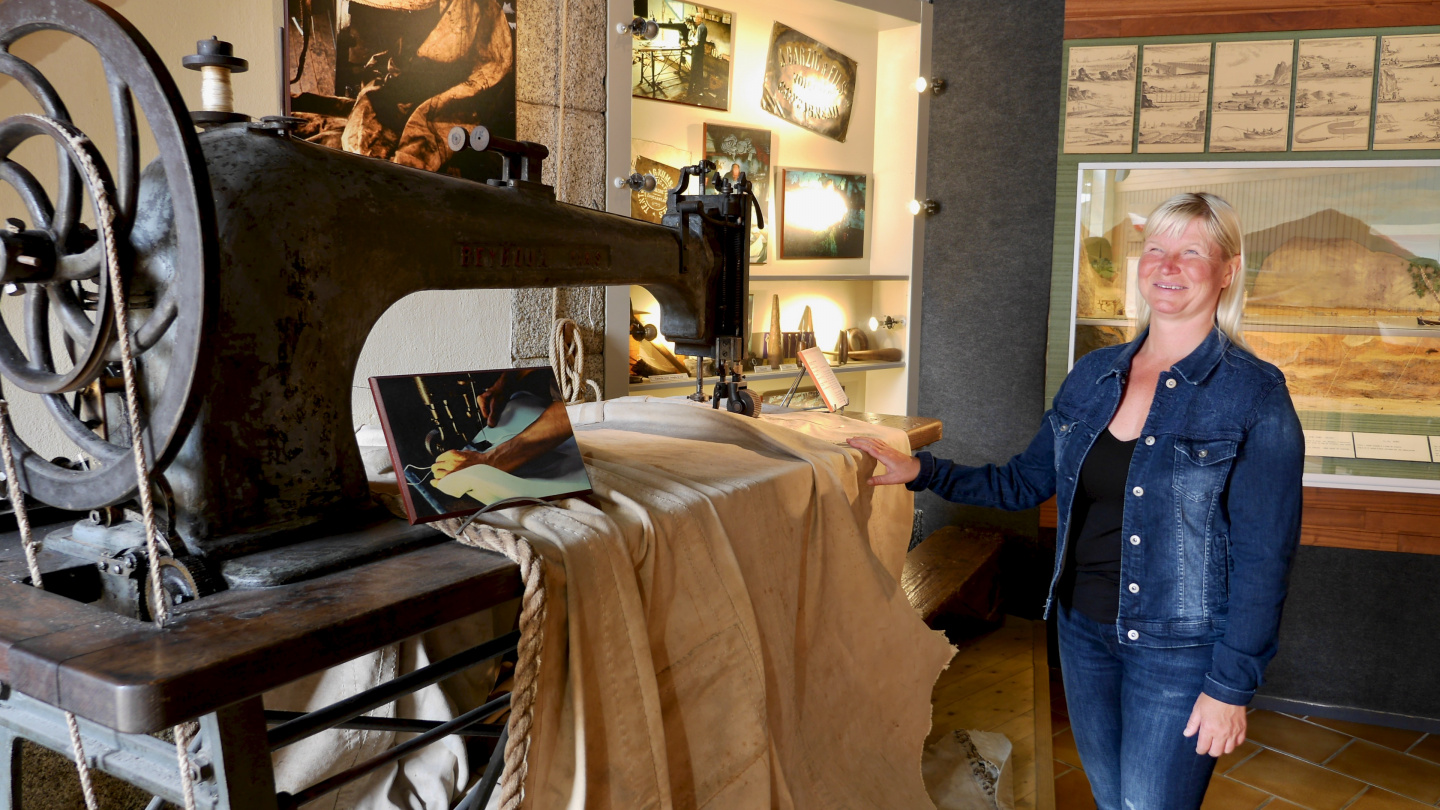
Hémérica was trawling on the North-Atlantic through out days and nights in 1957 – 1981. The ten strong crew was sailing for 300 days every year two weeks at a time until 40 tons of fresh fish was stored in 40-kilo baskets in ship’s cold storage. When the catch was retrieved, gutted and stored it was time for returning the catch to land. Next departure was only 48 hours away.
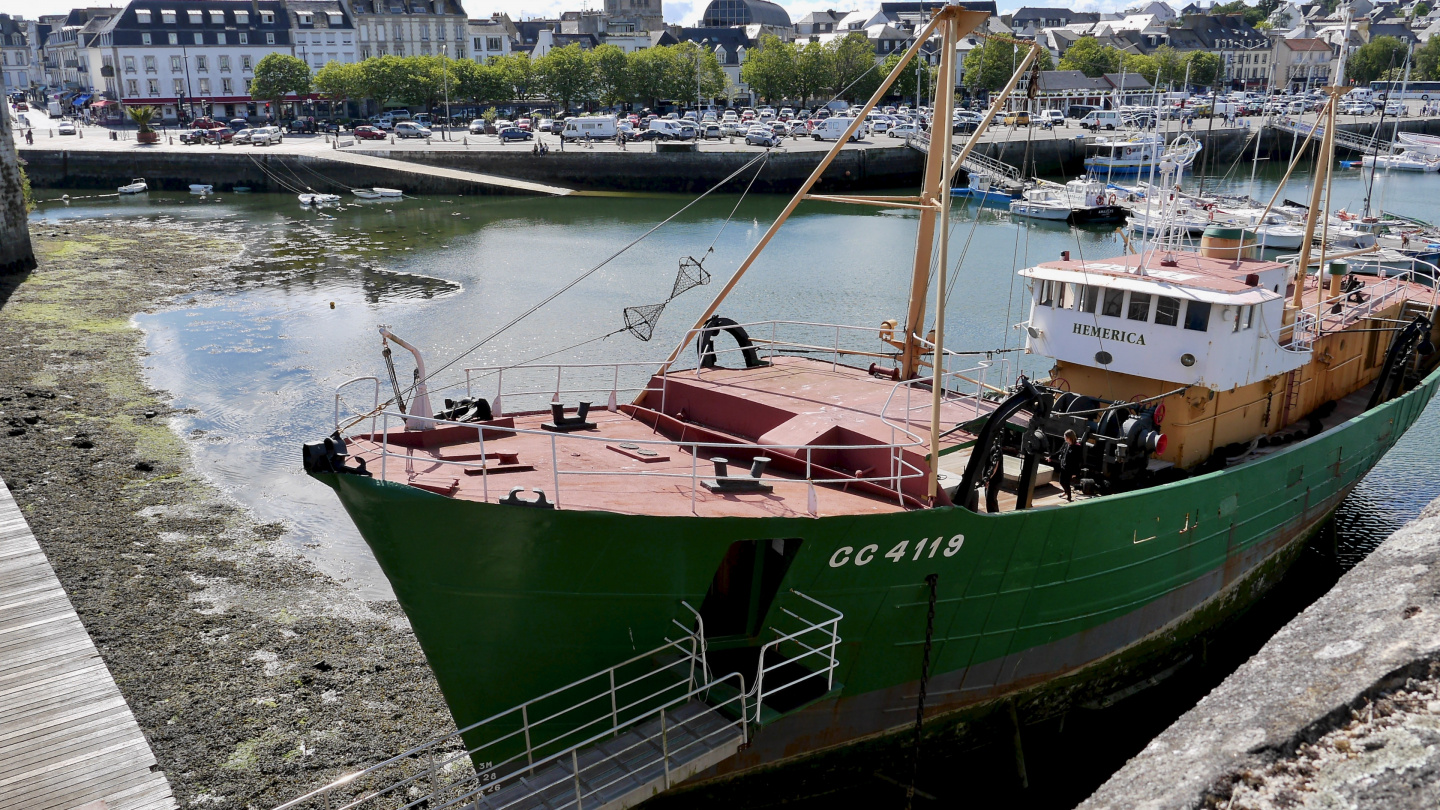
It must have been unbelievably hard work because in Hémérica, like in many other ships of that time period, the trawling net was brought back onboard from the side of the ship. Also the fish was gutted and cut on the deck regardless of the weather before lowering down it to the cold hold.
Another interesting vessel in the museum was the jangada-boat, indeed. It is made from the wood without any metal parts; its structure is completely put together with joints and lashings using ropes made of hand-woven fibers. As an anchor there was a boulder in the wooden cage. Jangada is the historical Brazilian fishing boat. To our surprise it has quite a modern design with lifting keel, flat bottom, open transom and self-standing mast.
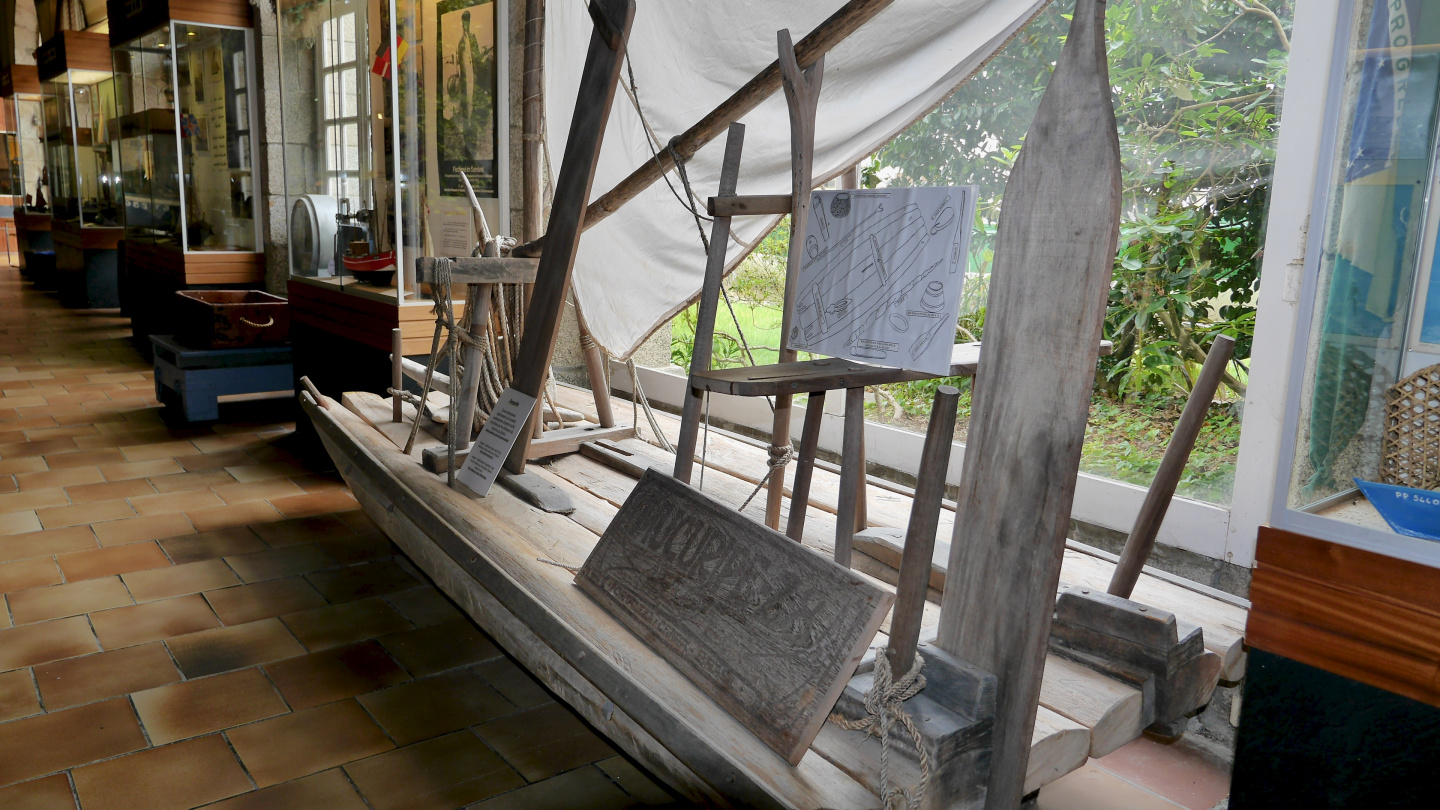
Concarneau is also a base for the Glénan’s sailing school. On Sundey the 25 school boats arrived at the same time. All boat decks were full of actions as the students of all ages were following the last advices of the sailing instructors. Sails were bent properly and the boats made fast carefully. After all the storm was about to arrive.
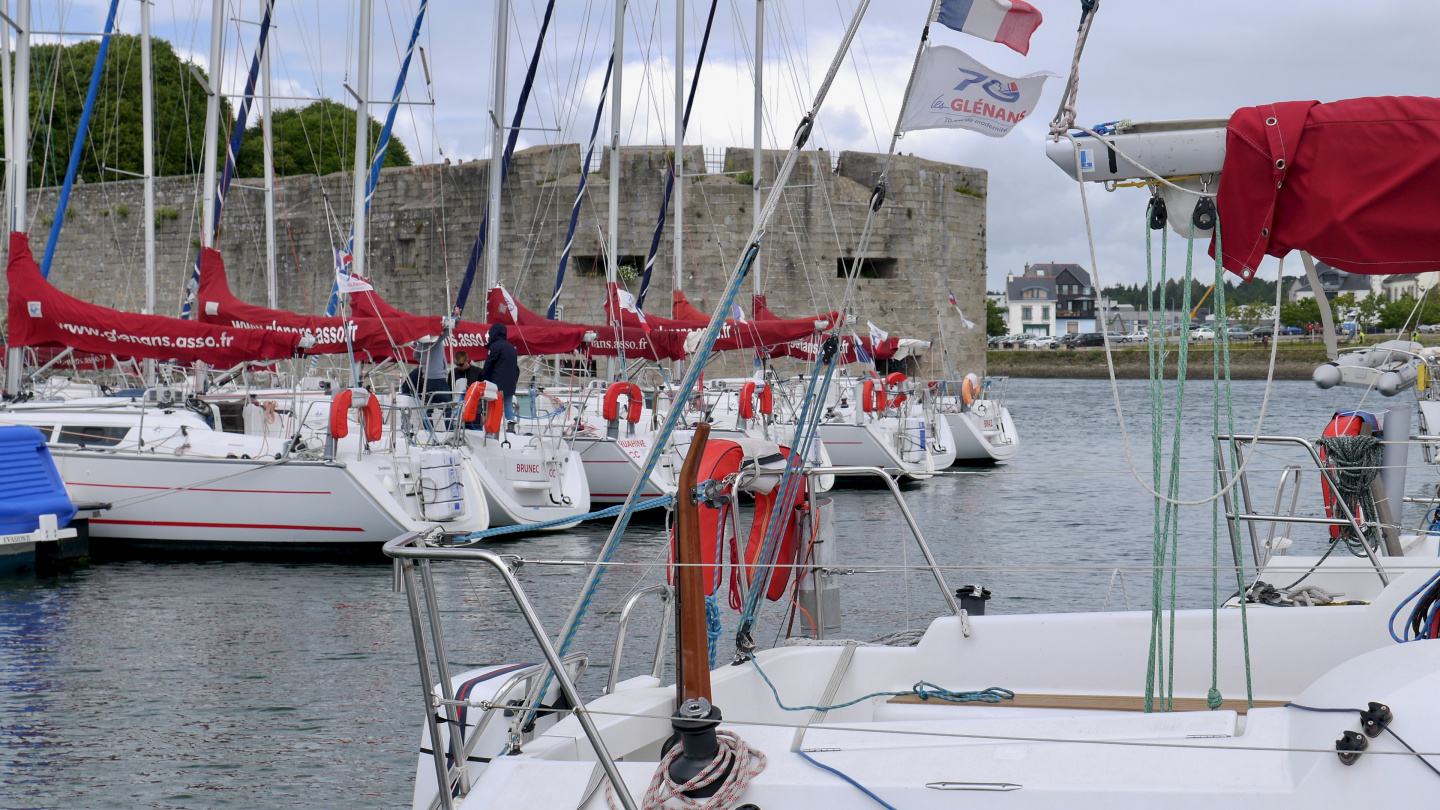
The harbour was full to the last berth as the yachts were arriving from the sea before the strong wind’s arrival. We also got another yacht rafting to us. We had already added snubbers to our lines but still we had to add a few additional springs due to another boat alongside of us. The south-western swell enters the marina of Concarneau and we wanted to be prepared. Finally all the yachts were riding up and down the swell in the pontoons while the wind was howling constiously at 33 knots.
The few windy and rainy days passed quickly in the harbour. We acquainted with many nice people from other yachts when we all visited to each other’s during the rain. The athmosphere was international when we chatted with Swedish, Swiss, Irish, British and of course with French sailors. Especial thanks to Crystabel and Richard for an amazing evening.

